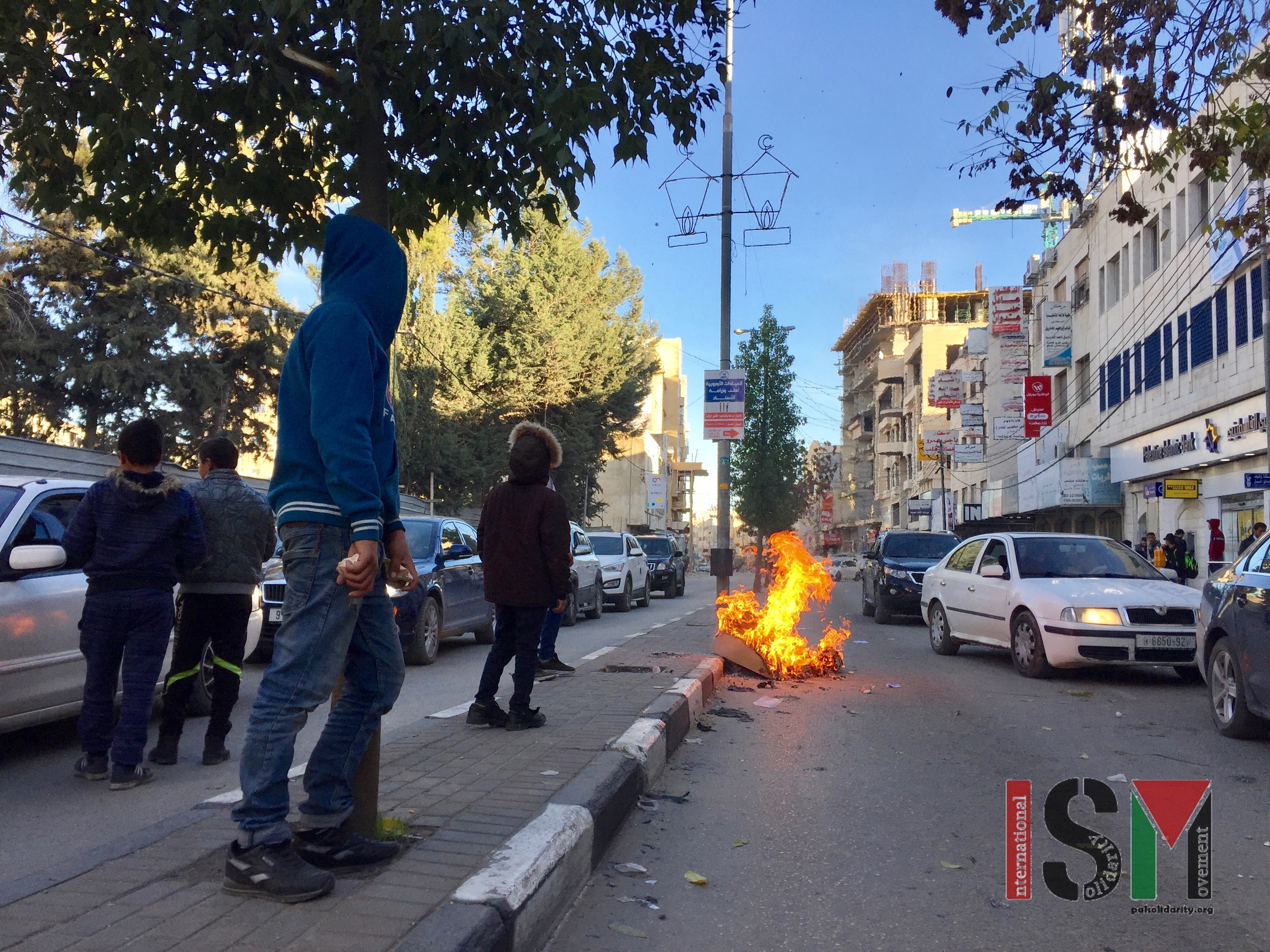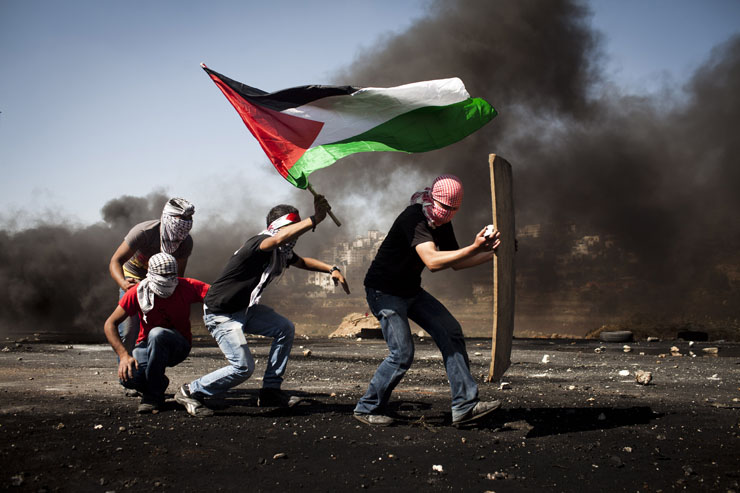Tag: Clashes
-
Israeli Violence Against Civilians, Press Continues Through Weekend in Hebron
9 December 2017 | International Solidarity Movement, al-Khalil team | al-Khalil, Occupied Palestine Clashes continued throughout the weekend in Hebron, after Palestinian civil society groups called for “three days of rage” in response to Donald Trump’s widely unrecognized declaration that Jerusalem is the capital of Israel. Across the West Bank and Gaza, Palestinians organized general…
-
Hundreds of Israeli Soldiers Violently Suppress Demonstration in Hebron
December 2017 | International Solidarity Movement, al-Khalil team | al-Khalil, Occupied Palestine In response to Donald Trump’s declaration of Jerusalem as the capital of Israel hundreds of heavily armed Israeli soldiers invaded the Palestinian controlled areas of Hebron to clash with demonstrators. The clashes were likely also fueled by a general strike of work and…
-
New stun grenades used at Ofer military prison demonstration
26th March 2016 | International Solidarity Movement, al-Khalil team | Ofer, occupied West Bank On 25th March 2016, Israeli forces at Ofer military prison injured 8 Palestinians with various kinds of weapons, and later on attacked the nearby village of Beitunia, injuring even more. A demonstration against the Israeli military occupation and for the freedom…



